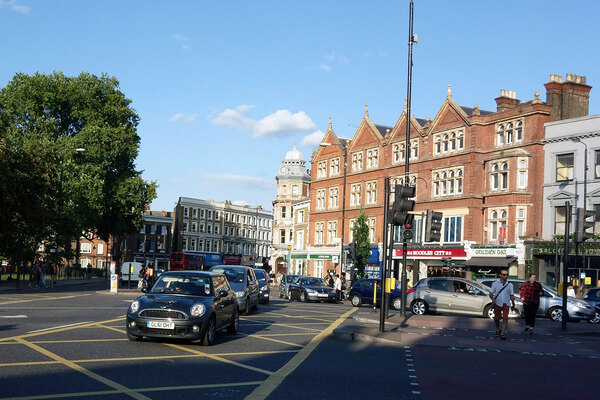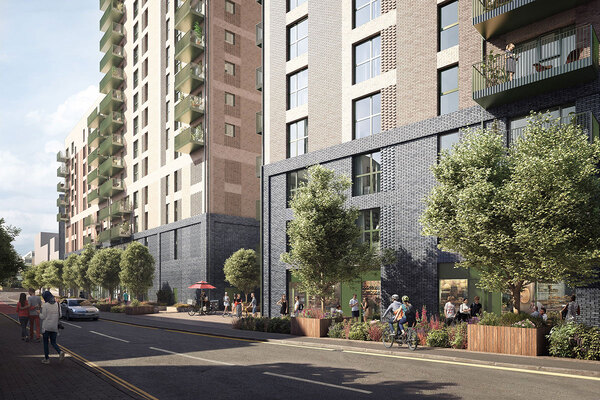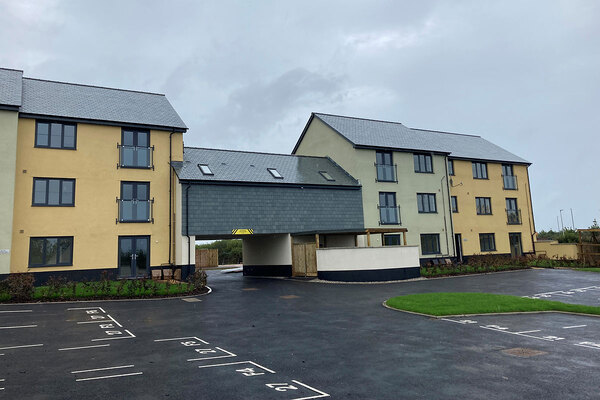Tall story
You don’t have to look very hard for the hidden agenda in a report from the Conservatives’ favourite think-tank calling for the demolition of high-rise social housing in London.
Create Streets is a joint report from Policy Exchange and a company of the same name which campaigns for low-rise development in streets and against multi-storey developments. As usual in a Policy Exchange report it starts with a grain of truth and then adds a range of questionable assertions to advance a political agenda.
It’s true that many tower blocks were a disaster, although the blame lies as much with Conservative and Labour governments obsessed with the numbers game as it does with municipal empire builders. As The Secret History of Our Streets demonstrated last year, whole communities were bulldozed to make way for tower blocks that quickly became symbols for everything that was wrong with council housing.
However, there is another side to the story too. Many tower blocks across Britain have already been demolished and redeveloped. Many of those that remain make good homes when they are properly managed and maintained.
The report claims there are 360,000 homes in London on post-war multi-storey estates and argues that these could be replaced and another 260,000 homes built if the estates were replaced with low-rise developments in streets built on the redundant space around them.
Like many of the assertions in the report, those figures sound questionable to me – but even if we accept them one key thing is missing from the recommendations: any idea of where the money is going to come from for the regeneration. Implicitly that means it must come from private sector developers keen to cash in on valuable London sites inconveniently occupied by tower blocks. Whatever breezy assurances are offered to existing residents the net result will be less social housing.
In the meantime it is simply not true to argue, as the report does, that: ‘With very few exceptions, usually lived in by the wealthy and childless, such as the Barbican Centre, large multi-storey estates are nearly universally shunned by those who can afford to choose.’
My immediate reaction to that was that it seemed a bit harsh to tell the developers of the Shard – the tallest building in Europe - that it should be demolished. More seriously though you have to wonder why property developers are currently building 25 schemes with a tower of over 20 storeys and planning another 78 with at least one tower if high-rise living is so unpopular that nobody will buy the apartments. The figures come from a report published by Knight Frank last year that concluded that London is growing taller that residential towers are viable in areas that can command high sales prices.
So Policy Exchange and Create Streets are calling for tower blocks to be demolished in the middle of the biggest boom in building them since the 1960s. They are calling for council estates to be regenerated when many of them already are, amid huge controversy in Hammersmith & Fulham, Southwark and Newham.
The report blames the London Plan’s density targets for the boom in development of new towers but it concentrates mainly on the legacy of the past. For Policy Exchange, if social housing is not expensive enough to be sold off in the manner it advocated last year, then it should be demolished. It seems to be all about releasing the historic value of the stock and the land – but for whose benefit?
Create Streets was a new organisation to me until I saw this report. It includes a range of architects and urban design and regeneration specialists and it’s hard to argue with its stated principles about streets that are capable of lasting generations, homes that are environmentally friendly, aesthetically beautiful and tailored to how people want to live and communities that are mixtures of social housing and owner-occupation. However, is that just a small ‘c’ conservative harking back to the past that ignores examples of successful high-density multi-storey development in London and elsewhere around the world? Listen again here to the Today programme discussion on this point between Alex Morton and architect Maxwell Hutchinson.
And how much of a big ‘C’ Conservative element is there here too? Quite apart from Policy Exchange’s close links to the party, the founder of Create Streets (and co-author of the report) is Nicholas Boys Smith, a former political advisor to Conservative social security secretary Peter ‘I’ve got a little list’ Lilley in the 1990s. As well as being a board member of the Swan Foundation, he is a consultant director of the think tank Reform and a strong advocate of welfare reform and opponent of housing benefit. Other members include John Moss, the regeneration specialist and co-author of the influential Localis report that set out the blueprint for the government’s social housing reforms, and Edward Staite, a communcations and campaign consultant who has worked for George Osborne, David Cameron and Boris Johnson.
As ever with anything involving Policy Exchange, the report is a thought-provoking read that provides welcome backing for the case for new homes. However, by focussing on the tower blocks built in the past by social landlords rather than the ones being built and planned in the future by private developers, and ignoring the question of how new social housing can be financed on regenerated estates, is it concealing a rather different agenda?
You have to wonder how much social housing will be left by the time the most expensive homes have been sold and thousands of tower block homes demolished. But that, I suspect, is the point.







